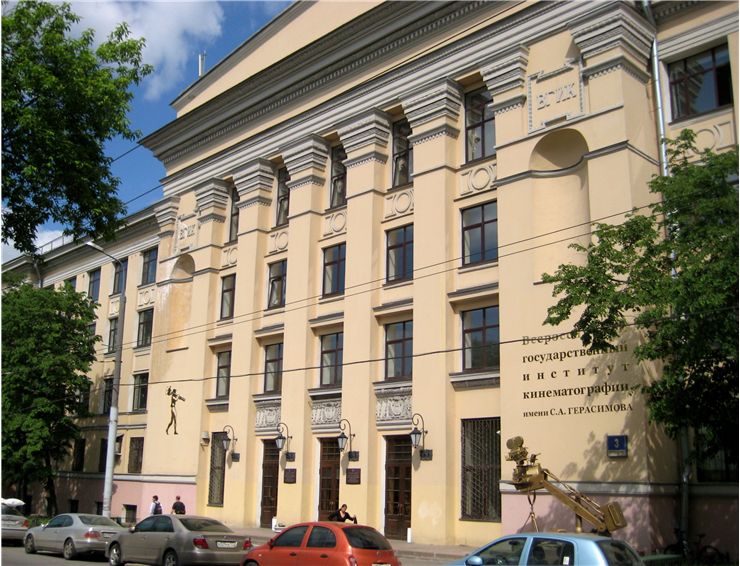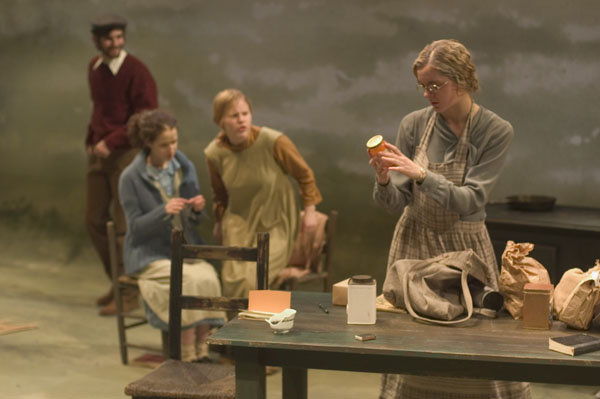History of Film Schools
Educational institutions dedicated their teachings to defining better, describing, and discovering all aspects of filmmaking. They appeared only a few years after the cinematic industry started spreading worldwide. With the rich subject of filmmaking that covered theory, history, screenwriting, film production, and digital media production, these schools managed to educate countless filmmakers who strived to get firsthand experience in working with scripts, cameras, lighting, sound, editing and other equipment, and all the related subjects such as TV production, animation, live broadcasting and more.
The first school dedicated to film was “Moscow Film School,” which opened in 1919. This school is today regarded as one of the most influential film establishments in Russia, giving education to many famous film directors of that region. In 1986, the school was renamed “Gerasimov Institute of Cinematography” after the name of its founder, Sergei Gerasimov.
In the west, film schools only appeared later; in the meantime, younger filmmakers found education by being apprentices in the various film production facilities in Europe and the United States. They started at the bottom of the hierarchy and slowly learned more, advancing their craft, until they finally reached the top positions (British director Alfred Hitchcock did just that). The rapid expansion of the movie business in Hollywood after Warner Bros. released their first talkie movie, “The Jazz Singer,” in 1927 marked the beginning of a new era for film school. The first Hollywood film school, “The USC School of Cinematic Arts, “was established shortly after that, in 1929. Today, it is considered one of the most prestigious film schools in the entire world.
After WW2, the film and television business boomed, and many universities across the United States started introducing film classes. This eventually led to the openings of prestigious film departments such as New York University Tisch School of the Arts (1965), California Institute of the Arts (1961), Radio-Television-Film (1965), and Columbia University School of the Arts (1965). They all took a lot of work to get into (eventually accepting less than 10% of the total number of applicants). They offered its students access to history, theory, technical and practical knowledge. However, even though these schools and many like them produced some of the most famous filmmakers we have ever had, many film directors still claim that growing up with film and learning without school help represent the best way to express yourself (some of the most famous directors who never went to film school are Quentin Tarantino, James Cameron, Stanley Kubrick, Frank Capra, Bernardo Bertolucci, Werner Herzog, and others).
Modern-day film schools have changed their approach to film by adopting digital cinematography in their daily classes. The expansion of cheap, high-quality, and reliable digital cameras and DSLRs enabled new generations of filmmakers to start easily producing their projects, changing traditional film techniques.

